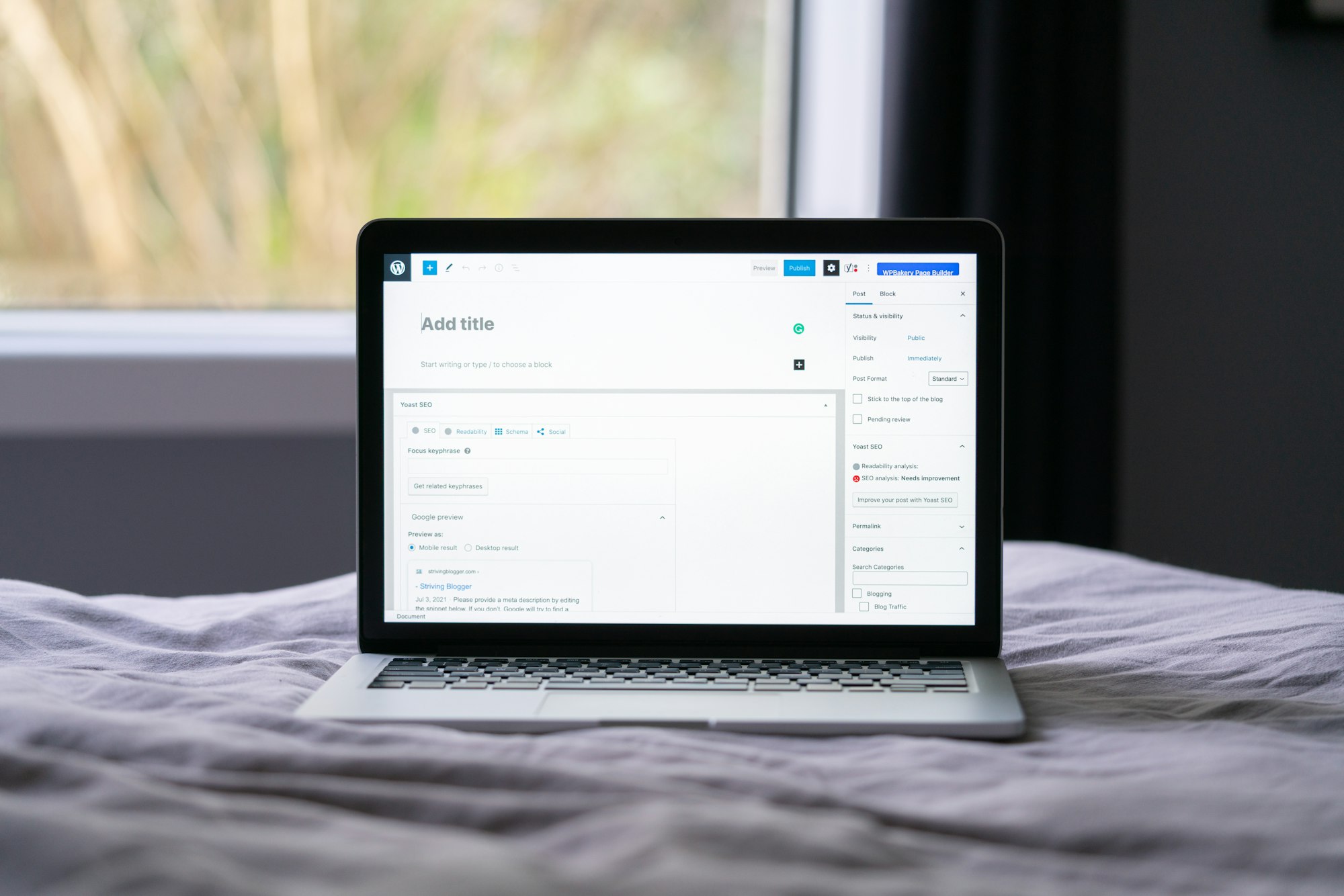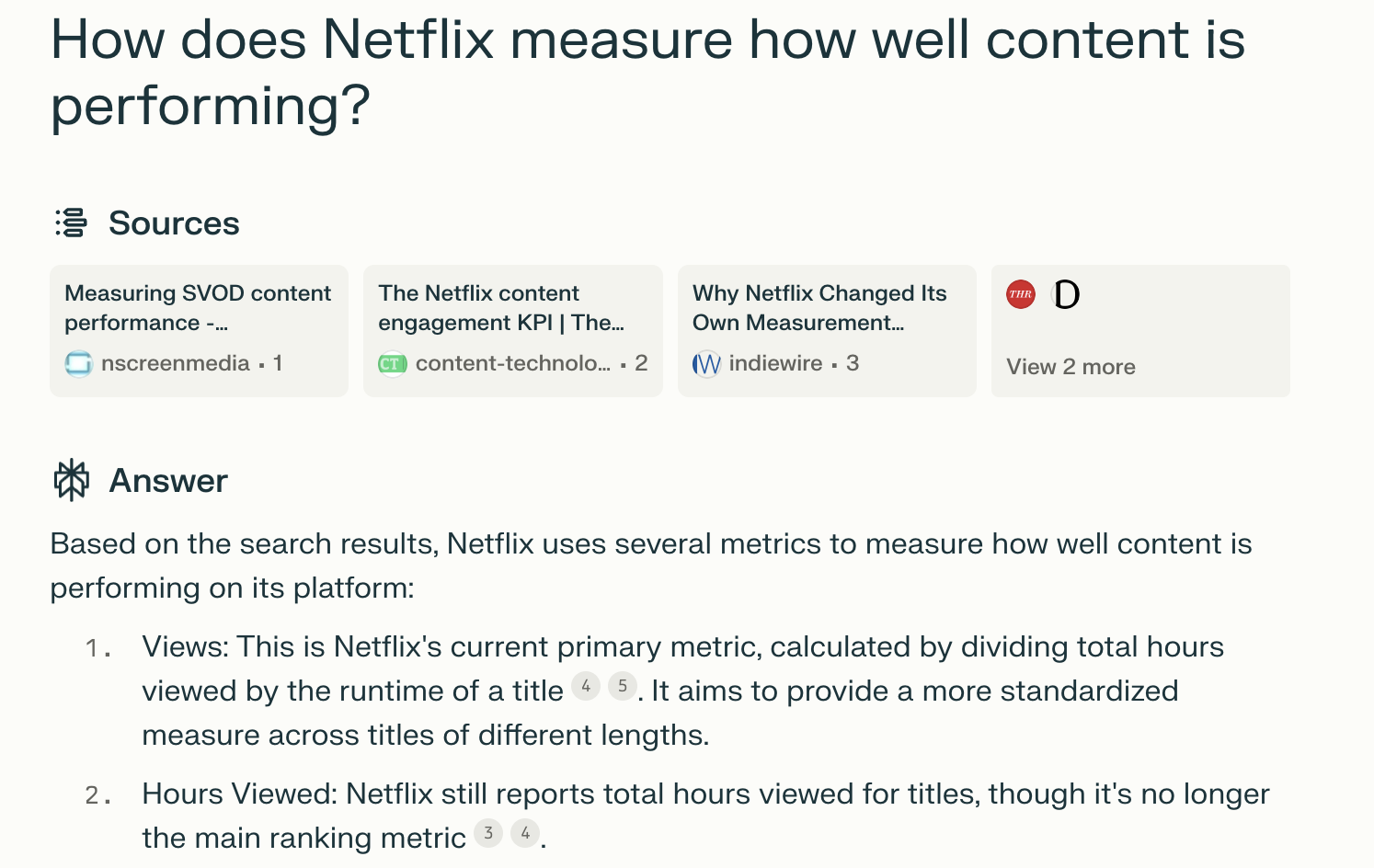This essay originally appeared in CT No. 119: Managing your one-hit website wonders, which was sent to paid subscribers on April 21, 2022.
Today's topic: one of those "good problems to have" that afflicts the world's biggest websites to lowly niche B2B blogs like The Content Technologist. We're talking persistent content hits — blockbusters, success stories, the content that organically performs year over year.
Persistent hits are single website pages that gather disproportionally large amounts of organic search traffic for months or years on end. They're the most popular pages on your website that just keep attracting visitors, even when you haven't touched the page in months.
Sometimes single persistent hit pages attract more than 50% of a website's annual traffic, while newly created content lingers unread at the bottom of the homepage.
Persistent hits can feel like the gods of Google have smiled on you for making such an algorithmically blessed piece of writing. But these seemingly innocuous traffic magnets have their drawbacks and require semi-regular maintenance.
For publishers who would rather their newer content share the spotlight, persistent hits can cloud analytics reports and distract stakeholders from understanding the value of more newly produced content.
Like a band that can't get out from the shadow of its one hit song, persistent SEO hits can define your website for years, at least as far as Google is concerned. If you're trying to build a library of content and sustainable website business, it's key to distribute that organic search equity across your site.
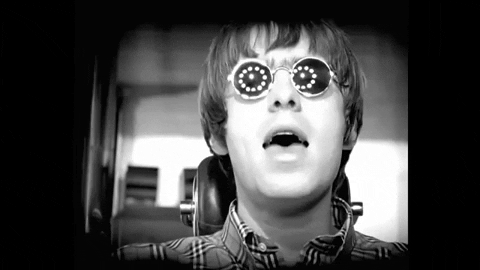
Hit website pages are an extremely common phenomenon on content-driven websites, and if you publish reader-oriented content on a well-optimized website for more than a year, you're likely to snag at least one along the way.
*Not the extremely outdated traffic measurement that has been replaced with sessions or pageviews
How are persistent website hits created?
Hit website pages usually draw traffic because they've ranked for a highly searched keyword in Google. Sometimes that's intentional: the content was created to attract users from organic search, aka it was "SEO content."
Just as often, persistent hits are accidental, the result of an on-trend explainer or somehow algorithmically ideal article that Google picked up and ranked without much optimization effort on the writer's end.
The more technical explanation: when Google crawls your website, it categorizes the page based on the structure, vocabulary, and syntax of its content. It looks at the page's position in your website and the words you've used to link internally to that page. The search engine analyzes at headings and short paragraphs (snippets), and Google matches the whole of the page content to the rest of the content in its search engine.
If your content matches an existing keyword or search phrase, Google will test place your page in search results. If the page performs well in search results because users keep clicking on it, it will remain at the top of search results for that specific term.
Once a page is listed at the top of search results for a particular search term, it usually doesn't move that much unless
- newly created pages from other websites better matches that keyword and push your content down in search results
- the URL of the hit page is eliminated so Google loses the page
- the URL of the hit page is changed and redirected to a new URL, where Google is forced to reevaluate the content
- Google drastically changes its core algorithm or makes tweaks around your specific vertical

How do you know if there is hit content on your website?
In your analytics tool, sort by most popular pages. If you have a hit, it will either outpace the homepage for traffic or attract more than 2x the traffic of the next most popular page. A hit page attracts far more traffic than other comparable pages because it ranks so highly in organic search.
If you're in Google's Universal Analytics, navigate to Behavior > Site Content > All pages. Your hits will be right there at the top, either above or just behind your homepage.
If you're in the new Google Analytics 4 interface, navigate to Reports > Life Cycle > Engagement > Pages and screens and scroll down to look at your individual page titles.
If you only look at dashboards or lists of your most popular pages, you've probably seen your hits: they remain the highest traffic pages, month over month, even when they're years old. Newer content never outperforms those legacy hits.
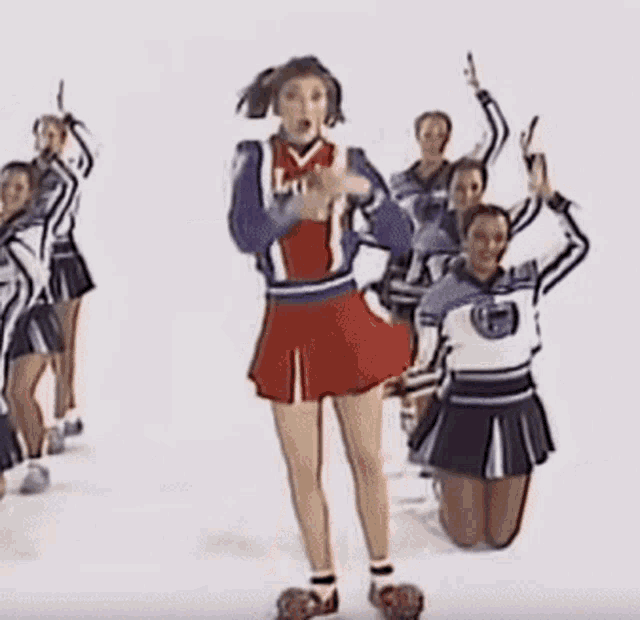
Can website hits come from other sources besides organic search?
Yes. If your website content experienced viral social success or were linked from a high-profile website, then you likely had a temporary hit. It's unlikely that social or referral website hits last longer than a few days, whereas persistent hits drive organic traffic for years. Yes, years.
Consistent paid promotion of content will also provide a similar spike because, duh, you're paying to promote it. You can turn that traffic off and on with your ad dollars whenever you want.
Persistent hits may also be rooted in a zeitgeisty cultural moment. Like actual, intentional hits in the entertainment industry, they're pieces of writing that people remember and search for by brand name. For example, I'm working with a client whose most popular pages were published in 2011. They remain popular not because they rank for random non-brand keyword phrases, but because people still search for specific essays that stuck with them. These are great pages to have, and I recommend using the same optimization tactics below to build on that brand equity.
Easy wins for persistent hit webpages: Distribute your fortune
Do not rely on your automated recommendations: this page is your one shot to make an impression on the searching masses exposed to your genius for the first time. Take the time to optimize that low-hanging fruit to get your ROI.
- If you want people to subscribe or engage with your brand on a place other than this page, tell them. Multiple times. Add a few more calls to action for consistent engagement than you would on a typical page. Make sure there's a CTA at least halfway through. Promote new products, why don't you. You can be a little egregious with the self-promotion on this page, since most people will visit for free and never return again.
- If content is more than a year old, add a heading or introduction before the article with a brief brand intro and a link to another piece of content that showcases a related, but not as visited piece of content. Do not rely on your automated recommendations: this is your one-hit wonder, so make the hook stick.
- If you already have ad units on this page, make sure your display ads are showing your premium inventory or your best house ads (your choice, both have advantages).
- Following the article, link to three more related pieces of content. I assure you: the robot recommender system will not do a better job than you. You are smarter than that robot. You are an editor. Consider what you'd want to read afterward, then link to that content.
- Determine whether you're ranking for a snippet. If you know what keywords the page ranks for (in Search Console), Google them. My Netflix KPI piece is a persistent hit because in the past, Google extracted a snippet for "Netflix KPI" and displayed it on the search results page. Once it was ranking highly, it never dropped from the first page of search results, even after the snippet disappeared.
- See what I just did there? I just added an in-link to my most popular piece of old content in my newest piece of content because it came up naturally. Don't bring it up every week, but every quarter or so, link back to your own most popular content. When Google crawls your new content, it connects you with that old persistent hit.

**My informed folk theory of the algorithm: it's that one-time snippet that makes this page continually rank highly, not the content itself.
What not to do: Don't mess up your search equity
If your persistent hit is not directly relevant to your brand or the rest of your content (an experiment, an outlier, an article about Netflix KPIs on a website that's about SEO and content strategy), do not force it into your grand vision. Use it to direct people to your good stuff (see above). Some big no-nos for managing your persistent hits:
- Do not delete or change the URL. If you change the URL, you fall off Google, boom, and it's not guaranteed you'll be back again. I've said it before: organic search traffic is hard won and easily lost.
- I do not recommend adding advertising if it's not already on the page, since display ads can affect organic search (bad UX). Adding and managing ads is a major business decision that you shouldn't just throw on your website.
- If your persistent hit is not directly relevant to your brand or the rest of your content (an experiment, an outlier, an article about Netflix KPIs on a website that's not about the entertainment industry), do not force it into your grand vision. Use it to direct people to your better content, but leave it there until you're ready for...
Next-level content strategy: The relevant revision
If your persistent hit page is falling out of date, I recommend writing a relevant update. Check page performance reports in Google Search Console or use a paid SEO tool to see what keywords the page is ranking for. Maybe conduct a little competitive research and see if any new pages are ranking ahead of yours for the same terms.
Then, write your revision. Make sure it still sounds like your brand, but the older, wiser version. Provide a genuine update: add new information and insight to your page. You can even reference your previous version! The thing about a webpage is that it can be updated!
At the same time, maintain the original language that made your page a hit in the first place. For my Netflix KPI page, it's that one snippet.
On a case-by-case basis, you may want to use a new URL for the new version, then canonicalize the old version to the new version. Sound complicated? It's not, but I'd recommend that you work with someone who understands the process.
For most cases, use the original URL and publish the new version in place of the old version, with a note about when the page was updated in the head. The old page did its job, and the new version of that persistent hit can take its place.
Many other tactics can cultivate and evolve the Persistent hit article pages into fully formed content strategies. If you're careful and have a clear long-term vision, these hits can become more like career bands: sustainable, data-driven websites when you know how to direct their SEO equity.
But even if you're not ready for the evolution, your hit can live on, expert content as far as Google is concerned.
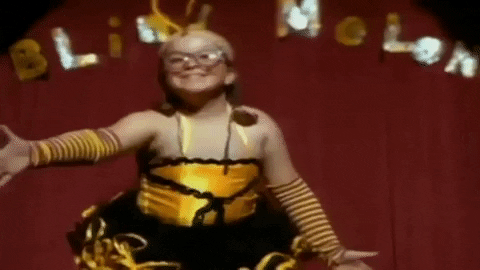
Hand-picked related content

